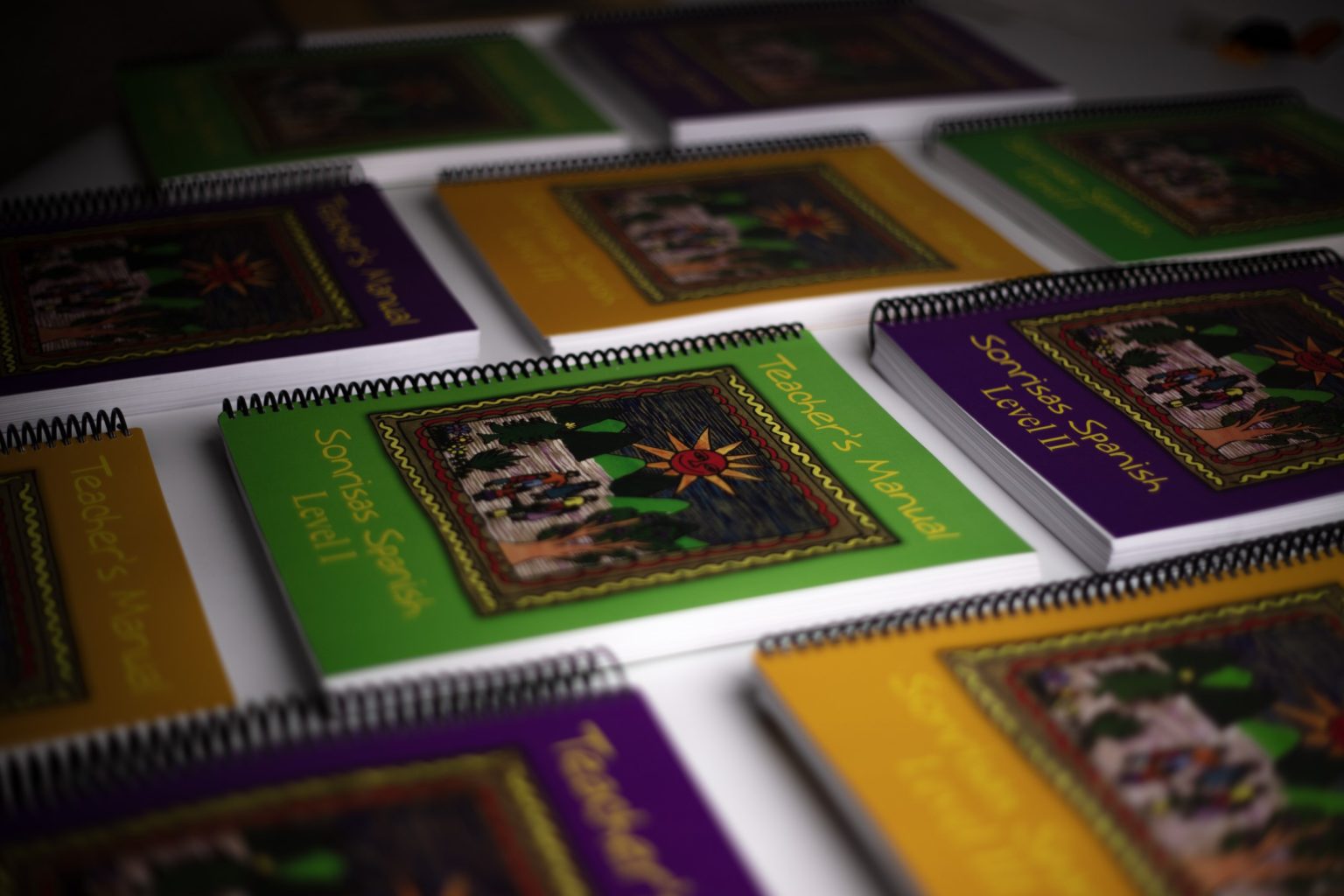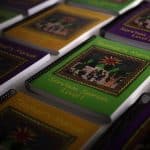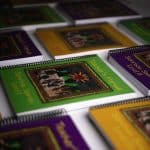
If you are an administrator or teacher searching for elementary Spanish curriculum or middle school Spanish curriculum, the challenge is finding something that meets all your needs. Needs vary from district to district or school to school, but many commonalities exist. At Sonrisas Spanish, we recognize these common needs from talking to hundreds of teachers and administrators each year. A Spanish curriculum should:
So many teachers end up piecing together curriculum from various sources. With Sonrisas Spanish you do not have to do this. Sonrisas Spanish is the “whole package”. Let’s take a look at how the Sonrisas Spanish Curriculum meets these common needs.
It sounds simple, but the number one reason that the Sonrisas Spanish Curriculum is so effective at engaging students is that it is developmentally appropriate. Too many elementary Spanish curricula focus on grammar and vocabulary lists. Too many middle school Spanish curricula revert to “drill and kill” style activities which focus on boring rote learning.
For our elementary Spanish lessons, Sonrisas Spanish capitalizes on young learners’ developmental ability to acquire language. The lessons provide a structure for creating an immersion environment where there is lots of opportunity for communication in Spanish. This is how acquisition occurs. Students stay engaged because lesson activities vary across different modalities such as music, role-play, literature, and art.
Developmentally, middle school learners are ready to move beyond this play-based, acquisition mode of instruction. They learn well in a more abstract and analytical mode as well as being adept at collaboration and group learning. In the Sonrisas Level III lessons, students get explicit instruction in culture, grammar, and communication strategies. They build their comprehension and speaking skills with whole group and partner activities. Grammar and vocabulary are not taught in isolation, but rather they are woven into multiple activities through thematic units.
When lessons are designed in a developmentally appropriate way, students have fun and are motivated to learn because they use their Spanish to communicate in practical ways. We did a case study which demonstrated how one school saw a higher level of engagement after implementing the Sonrisas Spanish Curriculum. You can read more about that here.
Your Spanish curriculum should include a cultural component. Learners achieve proficiency in Spanish only when language instruction includes cultural instruction. An effective Spanish curriculum will help students bridge the gaps between language and culture.
In Sonrisas Levels I and II, young students begin to learn about Hispanic culture with lessons that focus on Hispanic holidays and traditions. Teachers can also take advantage of the supplemental Sonrisas Cultural Curriculum. In these lessons students take imaginary trips to different Spanish-speaking countries. They talk about how they could travel to a country. They then act out traveling to that country, and after they “arrive” in the country they color and glue a flag from that country into passports that they make. Students then do a lesson which focuses on a specific cultural aspect of that country.
In Sonrisas Level III, each unit begins with a cultural reading and a whole group discussion. Students compare and contrast their cultural traditions with those that they learn. Lesson plans provide teachers with discussion questions that focus the discussion and provide students with a framework for deep thinking on the cultural theme. The cultural theme is then woven into whole group and partner activities later in the unit.
As students move through the different levels of the Sonrisas Spanish curriculum, the cultural content progresses. It starts with exposure to traditions, geography, and products of the culture and progresses to higher level analysis and evaluation. Students have the opportunity to use their Spanish to investigate, explain, and reflect on the relationship between the products and practices and perspectives of the culture. This addresses the Cultures standard for the World-Readiness Standards for Learning Languages.
Teachers need to be able to monitor student learning in order to guide instruction through the use of formative assessments. They also need to evaluate student learning with specific metrics through the use of summative assessments. Sonrisas Spanish includes both.
Learning targets and performance targets articulate the goals for each lesson. The performance targets are the specific vocabulary, phrases, and skills that students should know after doing each lesson. Teachers do formative assessments through classroom observation and looking at student’s written work. In Sonrisas Levels I and II written work includes art project work, portfolio activity work, and partner time activity work. In Sonrisas Level III written work includes grammar exercises, notebook work, and partner time activity work.
Student assessment pages provide the summative assessments for the lessons. The summative assessments take the performance targets for each lesson and phrase them as “I can” statements. This allows teachers to measure what students can do with the language and the cultural concepts for each lesson.
The Sonrisas Spanish World-Readiness Standards Alignment Guide provides another tool for assessment. This guide tracks the levels of proficiency that students can achieve as they progress through the different levels of the Sonrisas Spanish Curriculum. It demonstrates that through the matriculation of the curriculum, learners can go from a Novice Beginner level of proficiency to an Intermediate Low level of proficiency. Achieving this with Sonrisas prepares students for higher level Spanish courses in high school.
One of the strengths of the Sonrisas lessons is that they were developed directly out of years of teaching them in elementary and middle school Spanish classrooms. Curriculum authors Brooks and Blue Lindner have decades of experience teaching Spanish to young children and middle schoolers. We share this knowledge and expertise with our customers in various formats.
Every purchase of the Sonrisas Spanish curriculum includes free teacher training with monthly webinars which include live Q and A with Sonrisas founder Brooks Lindner. The training insures an effective implementation of the lessons. Teachers learn best practices, how to access different resources, and exactly how to implement the Sonrisas lessons from start to finish. If needed, Sonrisas can provide certificates for the completion of teacher training.
The Sonrisas blog contains a wealth of knowledge about teaching Spanish to children. Articles focus not just on the Sonrisas lessons, but also on world language pedagogy, methods, and strategies. Teachers can develop their teaching practices and gain insights into their teaching through the many useful articles in the Sonrisas blog.
Ongoing support includes direct email, phone, and face-to-face communication. We want to insure that teachers have the confidence and know-how to teach the Sonrisas lessons effectively.
We created the Sonrisas Spanish Curriculum with two primary concerns in mind: Spanish acquisition for the learner and user experience for the teacher. This means that the Sonrisas lessons are research-based and classroom-tested—we know they are effective at giving students the opportunity to acquire Spanish. It also means that our materials are designed so that teachers can easily learn how to implement the lessons, easily follow the lesson plans, and teach with fun and joy.
This also means that the Sonrisas Spanish Curriculum meets the needs of world language educators. So don’t settle for a curriculum that doesn’t do that. With Sonrisas Spanish you get the whole package.


